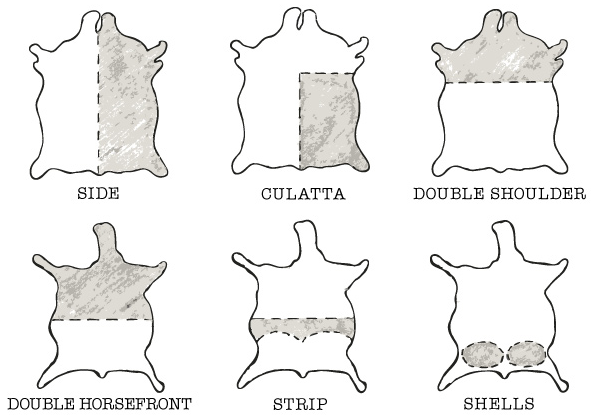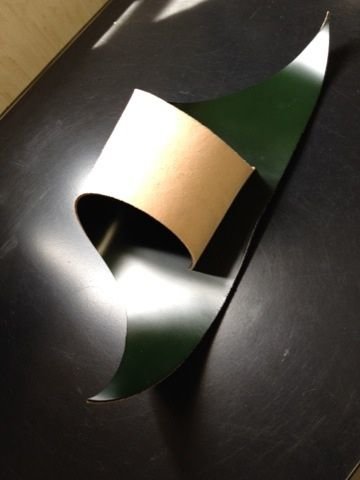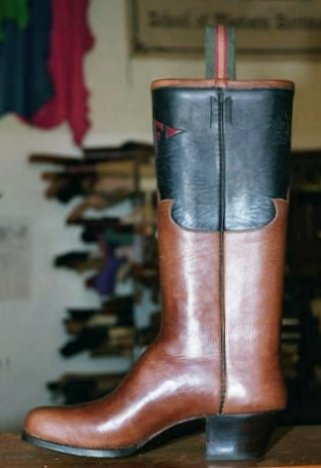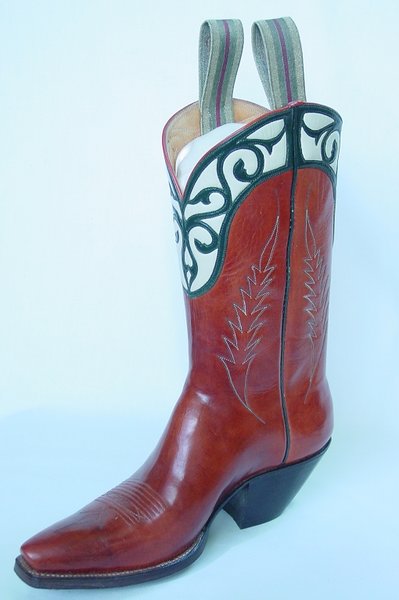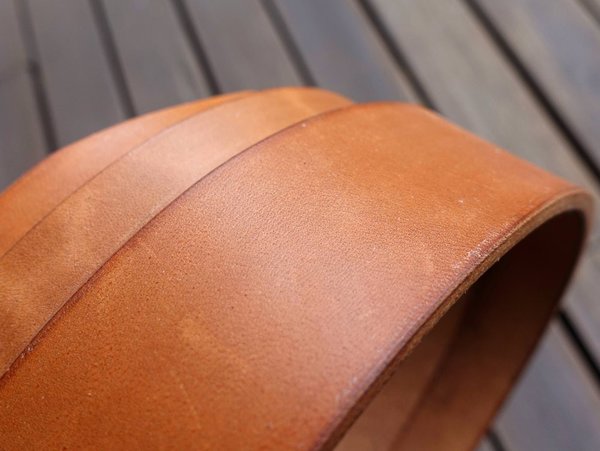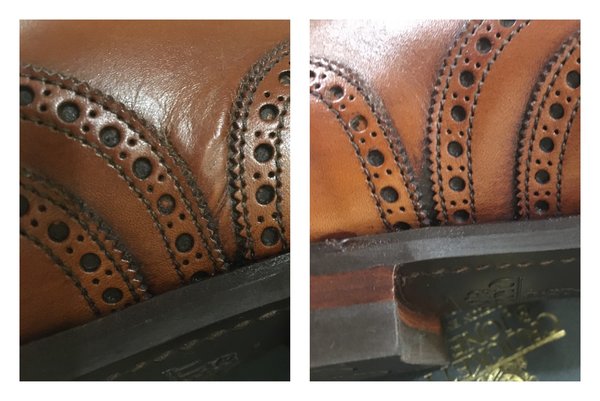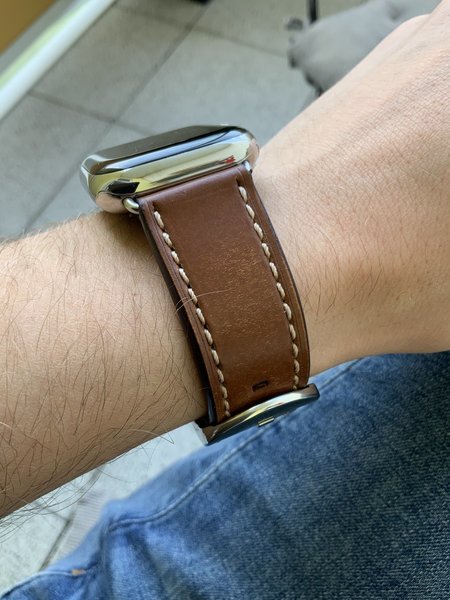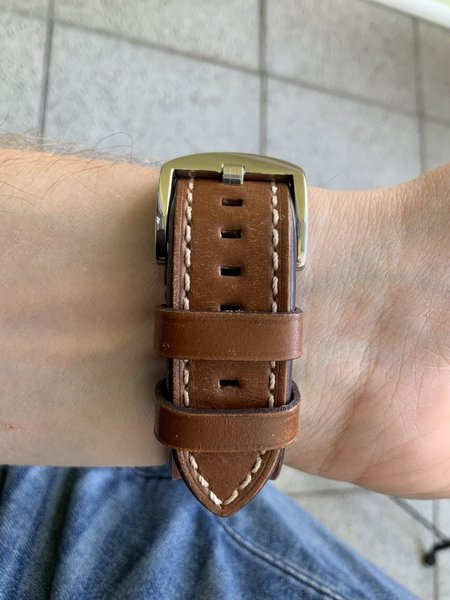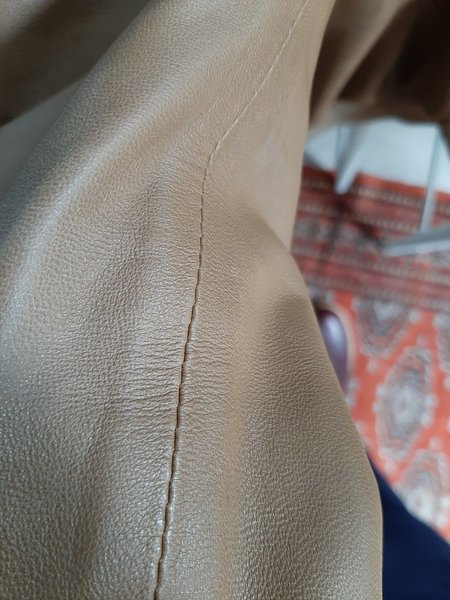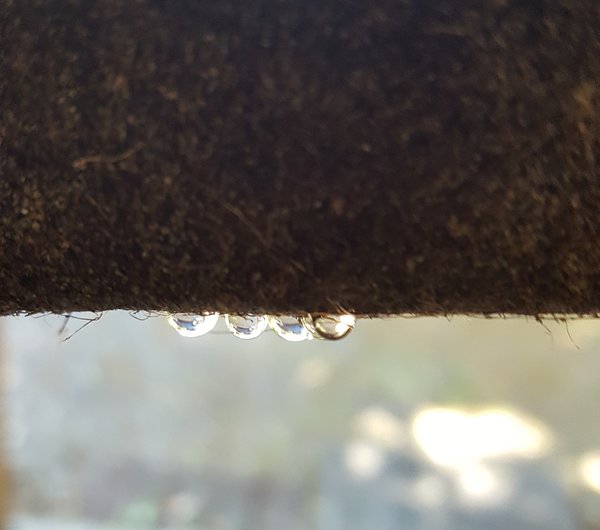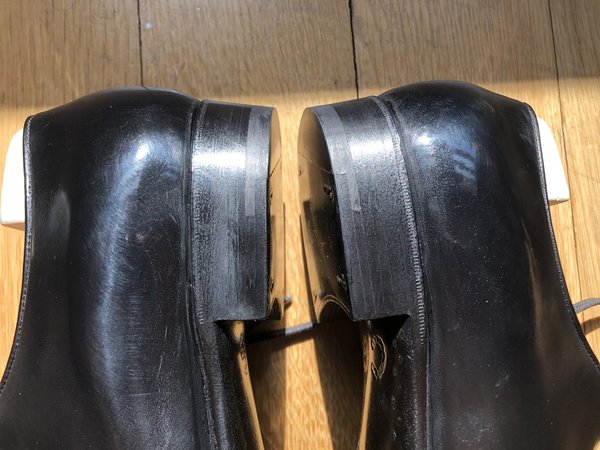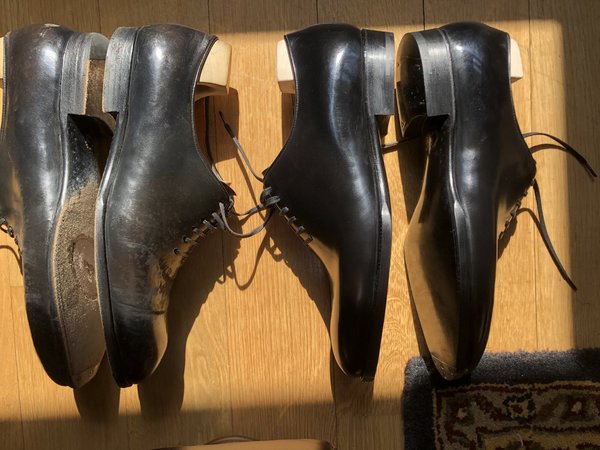- Joined
- Oct 16, 2006
- Messages
- 38,393
- Reaction score
- 13,643
My experience tells me wax polish makes it worse, the moisture literally gets caught between the wax and shelll. people who just brush and do minimal care tend to be the ones who don't have the welting and sporting issues.Fred G. Unn, another option is to just spread wax polish on cordovan. It kind of kills the point of all those waxes and tallows added in tanning, but it should protect the horse's ass from water. It's up to you if wax is fine and dandy or just anathema. For what it's worth, Styleforum's macarthur (of the Mac Method fame) uses wax for that mirror shine of his.



